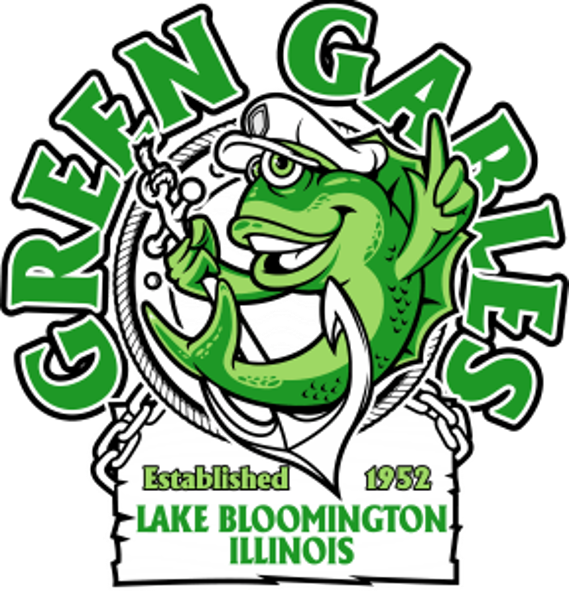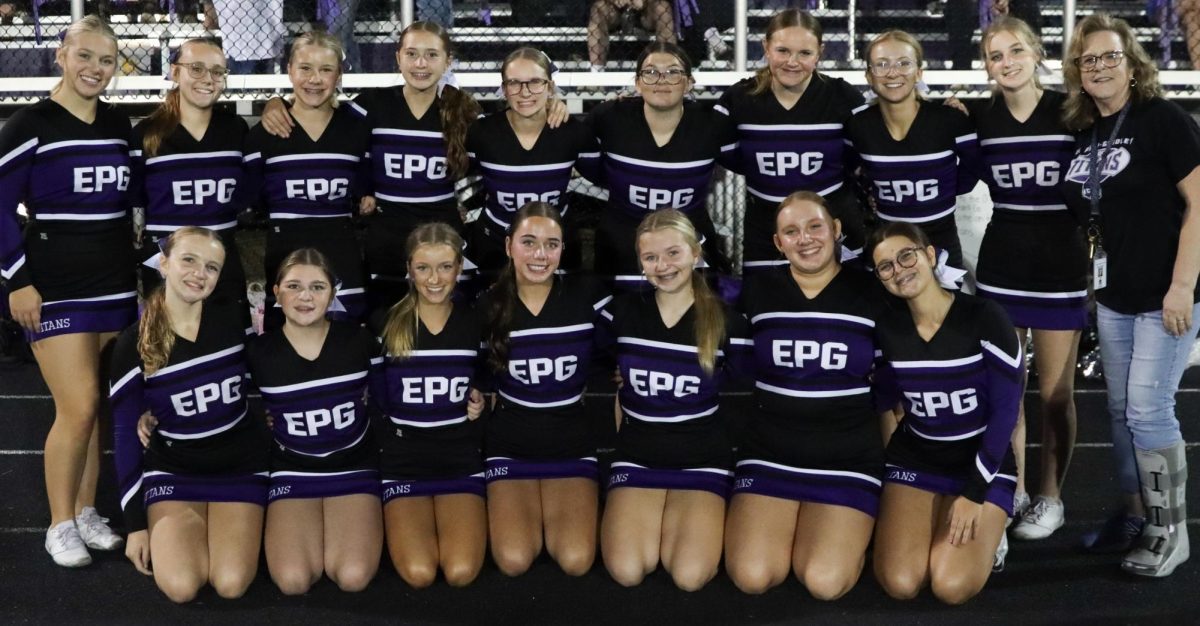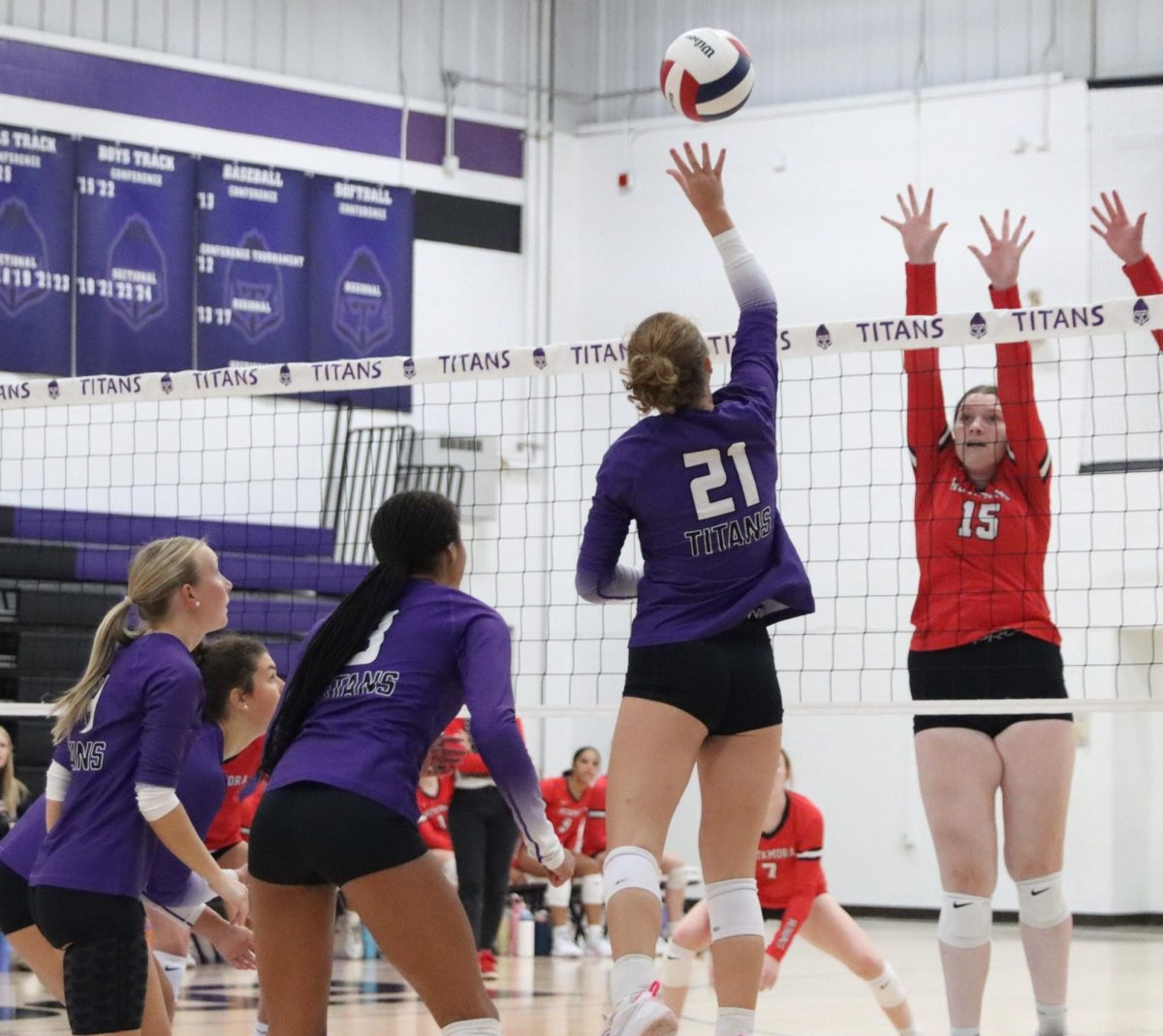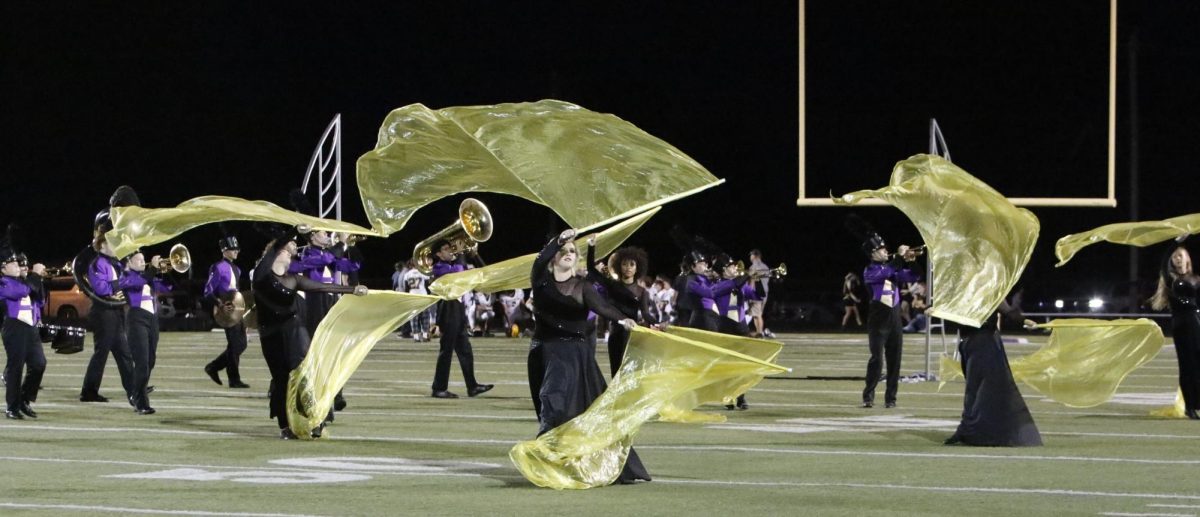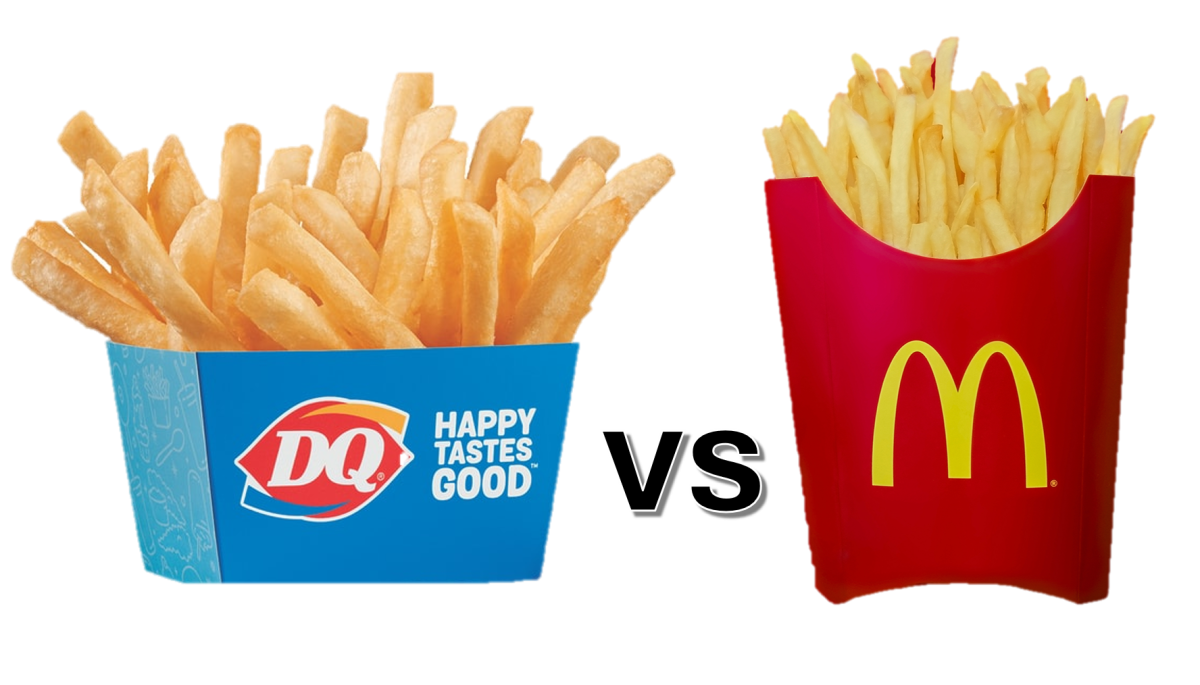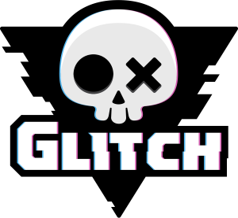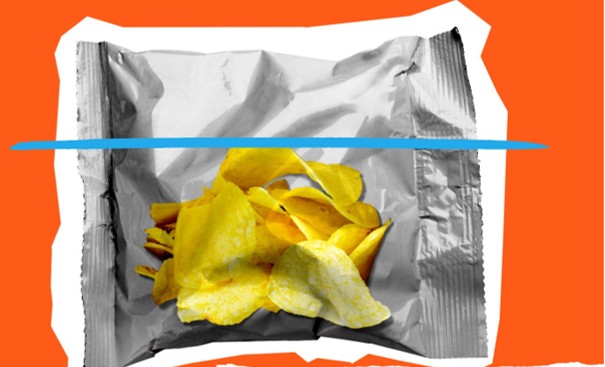Have you opened up a new bag of chips and wondered where half the chips are?
If so, you aren’t alone. You may just be another victim of sneak-flation, also known as shadow inflation. Sneakflation is a type of business practice that involves reducing the value of a product while maintaining the price. Rather than just simply raising product prices, businesses have decided to be creative when it comes to taking a bit more from your wallet. It is mostly used to generate additional revenue by charging the same amount for a diminished product or service.
Sneakflation has recently been on the rise. Whether it’s reductions in product quality or quantity, or even adding unexpected fees, they all have the same goal, which is to make you feel like you’re still getting the same price, but the actual value of the product has lessened. Recently, shoppers have been noticing sneakflation. “There’s only like 5 [chips] in here!” remarked Caden Castleman when opening a bag of Cool Ranch Doritos he purchased from the school lunch cart earlier this school year.
A good way to spot sneakflation is by comparing product labels or packaging sizes over time, and looking for subtle changes in the quality, such as cheaper material or fewer components. You can usually tell how much of a package is actually filled with air by looking or handling certain products. Some of the most well-known products that have been undergoing sneakflation are chips, snack crackers, juices, powdered drinks, toilet paper, paper towels, and soft drinks.
Below is a chart illustrating how companies are shrinking the amount of product they offer consumers.





